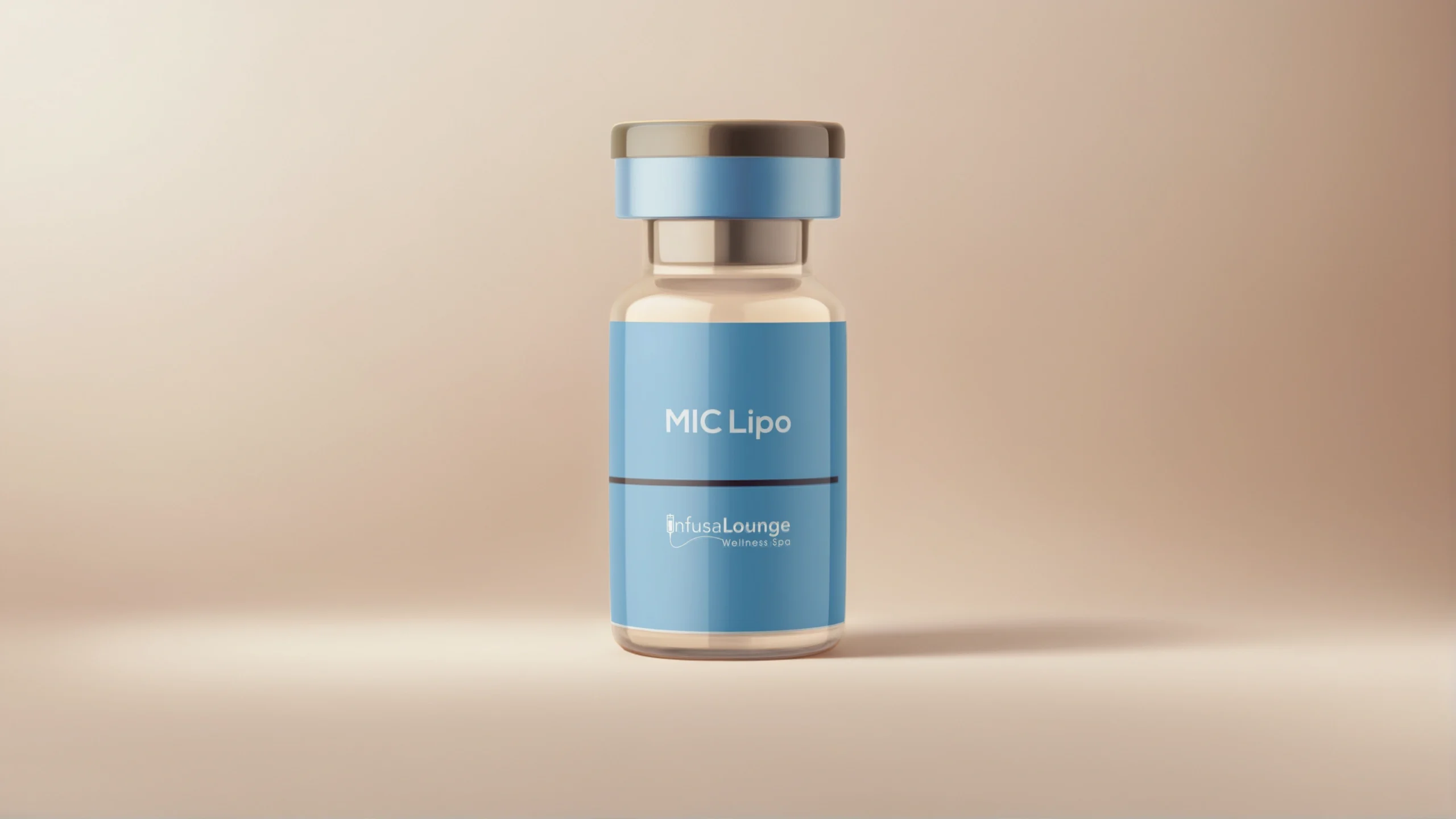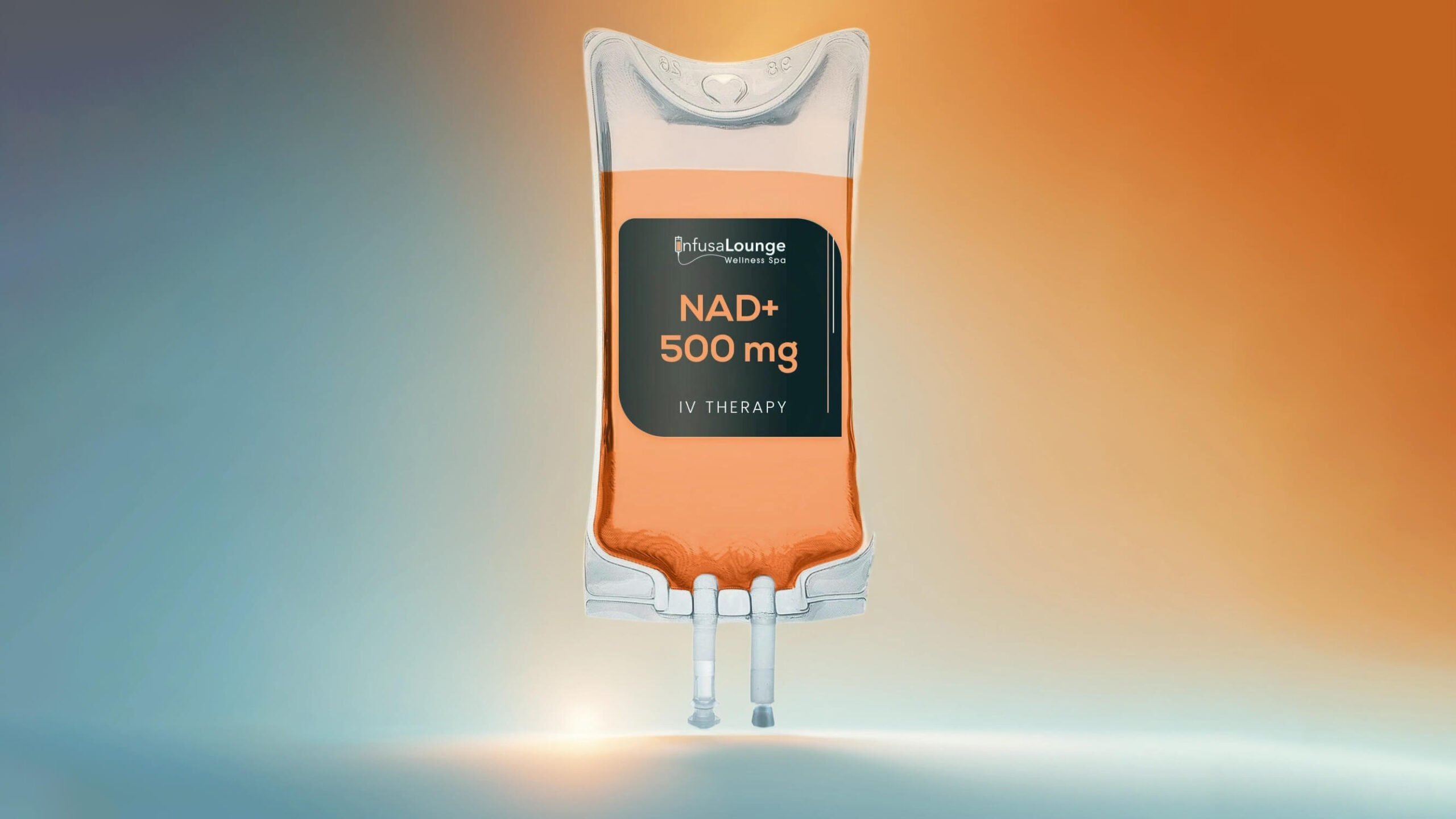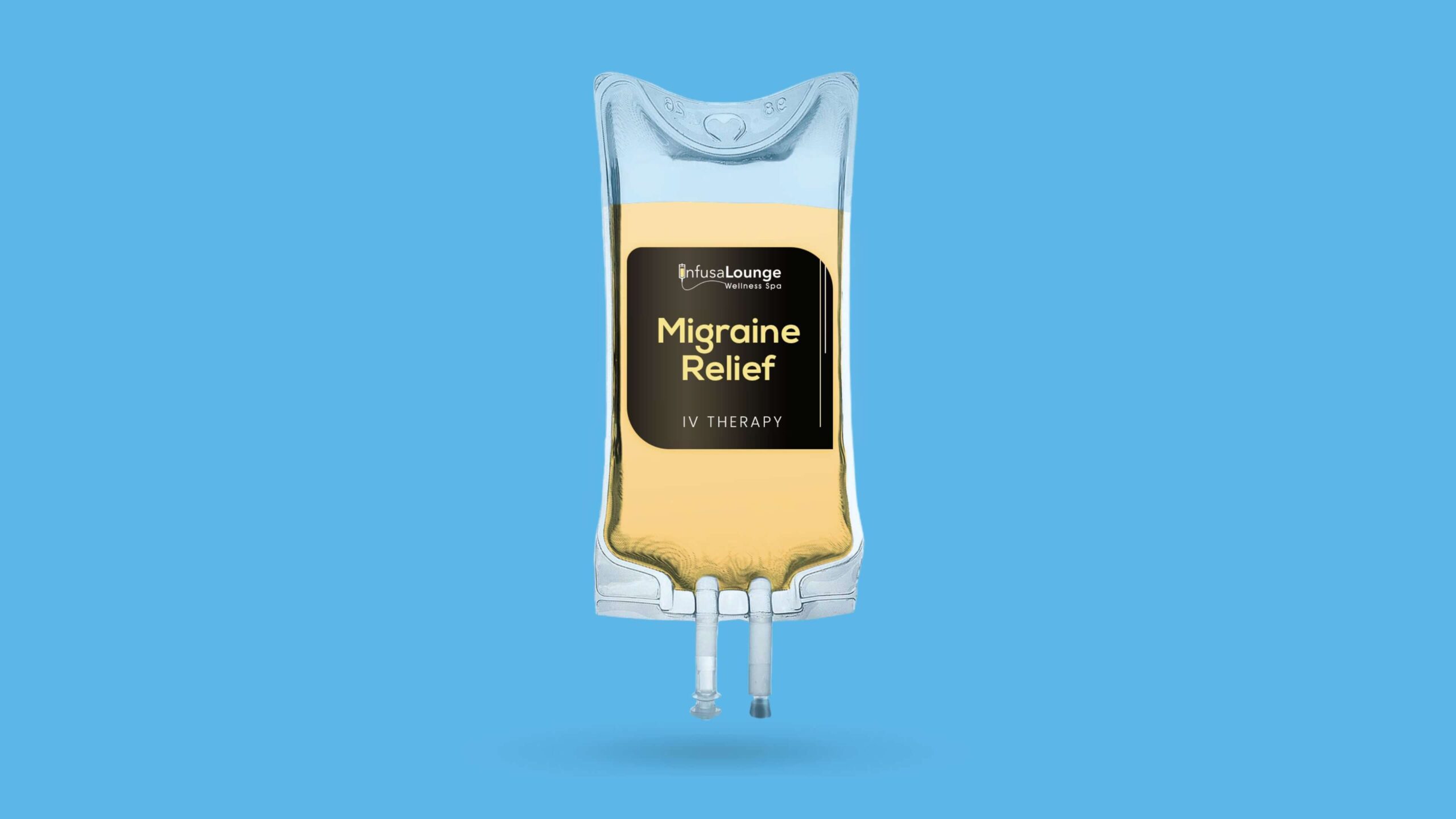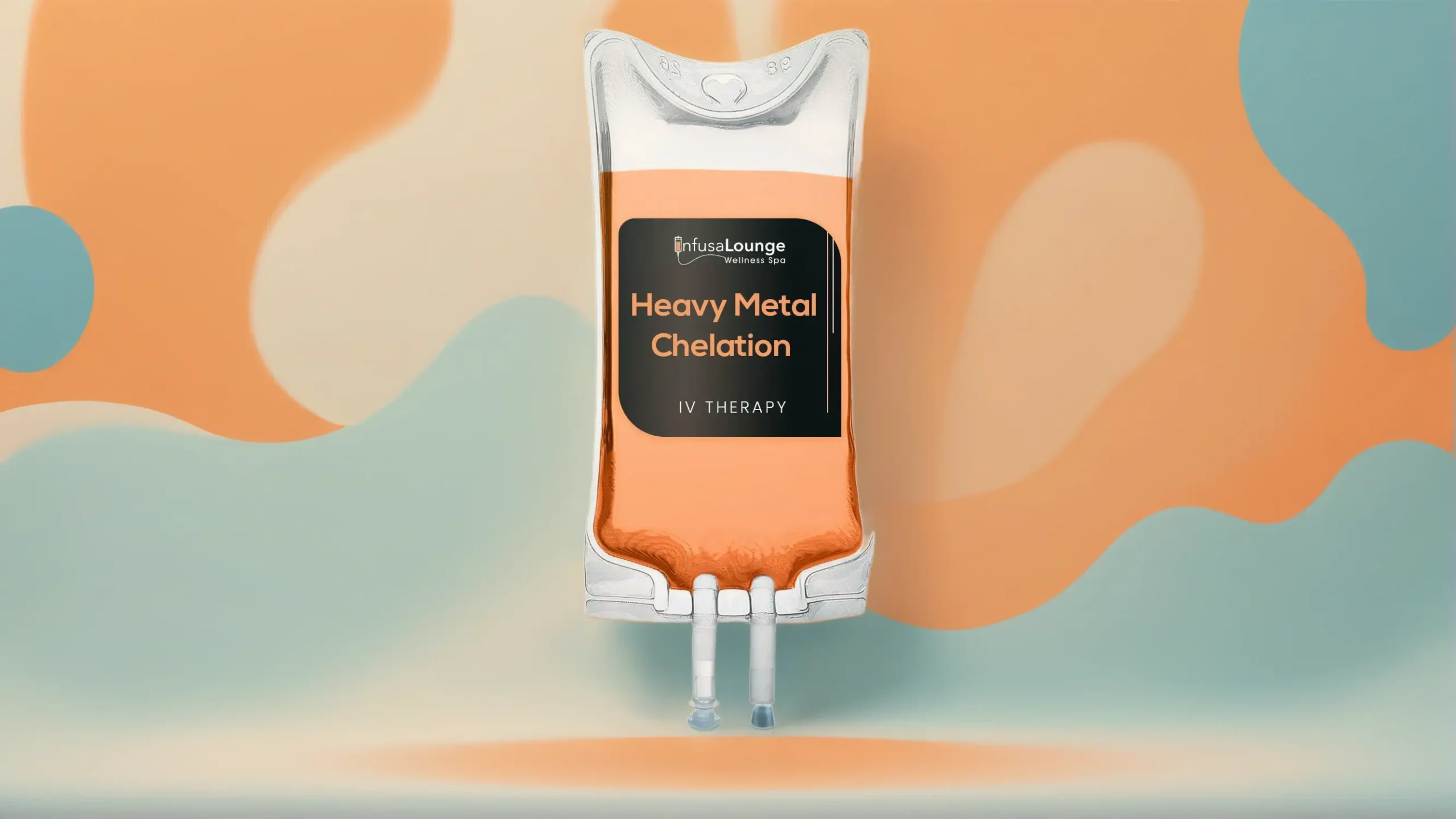Heavy metals may not be the first thing you think of when considering your health, but their impact is more significant than many realize. As quiet intruders in our environment—hiding in our homes, our food, and even the air we breathe—these toxic metals can lead to serious health issues over time. The good news? With proactive measures like heavy metal testing and chelation therapy, you can effectively manage your exposure and improve your well-being.
Understanding what these metals are and how they enter our bodies is crucial for taking control of your health. This article will explore the risks associated with heavy metals, the importance of testing for them, and ways to detoxify your system, paving the way for a healthier future.
Heavy metal testing involves assessing the levels of harmful metals, such as lead or mercury, in the body through various tests, enabling individuals to understand their toxicity levels. Chelation therapy is a treatment that uses specific agents to bind heavy metals in the body, facilitating their excretion and reducing associated health risks; however, it is essential to consult with a healthcare professional before undergoing this therapy.

Common Sources of Metal Exposure
Many people might not realize that heavy metals lurk in everyday products and areas we encounter, often without any idea of the potential risks they pose. For instance, let’s take a closer look at the common household sources of these metals. One notable example is lead, which used to be a popular additive in paints and plumbing before its harmful effects were fully acknowledged. Homes built prior to 1978 are particularly worrisome as lead paint might still be present, hidden under layers of newer paint. Even today, some imported toys or goods may contain traces of lead, reminding us that vigilance is necessary when selecting items for our households.
Heavy metals can be persistent contaminants; lead doesn’t simply vanish. It clings to surfaces and materials, making it crucial to ensure any renovation work or repairs address potential hazards.
Another metal that quietly infiltrates our lives is mercury. You’ll commonly find this toxic element in various household items like fluorescent light bulbs and certain batteries. Surprisingly, even some cosmetics may harbor mercury; these often mimic traditional beauty products but can carry a risk due to outdated formulations or cheap imports.
Environmental Sources
Looking beyond our front doors, the environment contributes heavily to our exposure to heavy metals. Industrial emissions release harmful substances into the air we breathe from factories, power plants, and mining operations. Residues settle onto landscapes and impact water sources, causing mercury to accumulate in waterways and enter the food chain through aquatic life.
Ocean life like tuna and swordfish often contain higher levels of mercury because they’ve absorbed it from their environments over time. This bioaccumulation process means that larger fish are more likely to have elevated concentrations of toxins than smaller species.
Dietary Sources
Another significant aspect lies in our dietary choices; what we eat can also expose us to heavy metals unknowingly. Certain leafy vegetables grown in contaminated soil can absorb heavy metals directly from the earth. Similarly, fish purchased from polluted waters can carry harmful toxins if not sourced responsibly.
Using canned foods is another area requiring caution. Foods stored in metal containers might leach metals into their contents over time—especially if stored improperly or for extended periods.
Knowing where these metals come from highlights the importance of testing. By understanding common sources of exposure in our household and environment, we can actively mitigate risks and prioritize health outcomes effectively. Regular testing for heavy metal toxicity enables informed decisions about our living conditions and dietary habits to safeguard our well-being.
Understanding these sources lays the groundwork for appreciating the vital role testing plays in protecting your health.
Importance of Heavy Metal Testing
Heavy metal testing serves as a vital tool for identifying potential health risks associated with long-term exposure to harmful substances. The body does not easily process or eliminate these metals; instead, they can accumulate in the tissues over time, leading to adverse health effects. Thus, identifying heavy metal presence in your system becomes essential—not only for confirming exposure but also for prompting necessary interventions.
Health Risks
The statistics surrounding heavy metal exposure are alarming. According to the World Health Organization (WHO), elevated levels of metals such as lead and mercury can lead to serious neurological and developmental issues, especially among children whose nervous systems are still developing. In fact, the repercussions of lead poisoning were starkly illustrated by the Flint water crisis, where an entire community suffered from contamination that led to severe health complications. This pivotal case underscores the urgency required when it comes to heavy metal exposure.
Consider someone who exhibits symptoms like chronic fatigue, memory loss, or even mood swings—conditions often overlooked in casual discussions about health. A client at InfusaLounge experienced such symptoms and felt defeated, searching for answers until they underwent heavy metal testing. To their surprise, the results revealed elevated mercury levels in their blood. Upon addressing this toxic buildup through specialized therapies, they reported significant improvements in their vitality and cognitive function.
Investing in heavy metal testing can be a proactive way to uncover hidden dangers that could be affecting your overall health.
Through testing, you can gain insights into what toxins may be present in your system, enabling targeted treatment approaches such as chelation therapy. Moreover, regular monitoring can help ensure that you’re taking the proper steps to detoxify and maintain a healthy balance in your life.
As we shift our focus, let’s explore the various methods available for assessing metal presence in the body and how these tests can guide effective interventions.
Types of Tests for Metal Detection
Various tests are available to detect heavy metals in the body, each serving a unique purpose and offering insights into your exposure history. These tests can help identify not just the presence of heavy metals but also how they may be affecting your overall wellbeing.
Blood Tests
Blood tests hold significant value when it comes to detecting recent exposure to heavy metals. For instance, metals like lead and arsenic show up in the bloodstream quickly after exposure, making blood tests a reliable choice for individuals who suspect they have been contaminated in the short term. It’s fascinating how our blood acts as an immediate indicator of what’s affecting us at any given moment.
For accurate results, having these tests conducted in dependable healthcare settings, such as InfusaLounge, is essential. The accuracy of the test directly impacts how well you’ll understand your exposure level and what steps to take next.
Urine Tests
If you’re looking at a longer-term picture of heavy metal exposure, urine tests become increasingly relevant. They are particularly helpful when assessing mercury contamination because these metals tend to accumulate in the tissues and are expelled through urine over time. This biological process offers a glimpse into your historical exposure levels, which can be particularly important when considering treatment options. Furthermore, urine tests may also help monitor how effectively chelation therapy is working if you’re currently undergoing such treatment.
Hair and Nail Analysis
Another method gaining popularity is the analysis of hair or nails. These samples can serve as a broader historical record of heavy metal exposure, providing insights that span months or even years. Analyzing hair or nails allows us to see cumulative exposure levels; however, it’s important to note some caveats. Although useful, these analyses can be less reliable due to potential external contamination from products we use daily, such as shampoos or lotions. Therefore, while hair and nail tests add an interesting layer of information, they should ideally complement more direct testing methods rather than replace them.
With these tools available for identifying heavy metal exposure, understanding which test suits your needs best becomes imperative as we transition into exploring effective treatment options that address these challenges.
Chelation Therapy Overview
At its core, chelation therapy is the administration of chelating agents aimed at binding heavy metals present in the bloodstream, allowing them to be efficiently flushed from your system. Imagine it as a clean-up crew for your body, working diligently to remove unwanted metallic burdens that might be wreaking havoc on your health. For many individuals dealing with heavy metal toxicity—whether from environmental exposures, occupational hazards, or dietary sources—this therapy offers hope and relief.
How It Works
The process typically involves introducing substances like EDTA (Ethylene Diamine Tetraacetic Acid) via an IV drip directly into the bloodstream. Think of EDTA as a specialized magnet. Once injected, these chelating agents attach themselves to harmful heavy metals such as lead, arsenic, and cadmium present in the blood, creating stable complexes. This transformation allows your body to excrete these metals more effectively through urine. By using IV administration, the therapy bypasses digestive barriers, ensuring maximum absorption and rapid effects.
But you might wonder, is this really effective? Many clients report feeling a renewed sense of vitality post-treatment, alleviating symptoms associated with heavy metal exposure like fatigue, headaches, or cognitive difficulties. However, individual experiences vary widely depending on factors such as the level of toxicity and overall health.
Types of Chelation Agents
There are several common agents utilized in chelation therapy:
- EDTA: Known for its efficacy in removing lead, cadmium, and mercury.
- DMPS (Dimercapto propanesulfonic acid): Particularly effective against mercury and arsenic.
- DMSA (Dimercaptosuccinic acid): Often used for treating children with lead poisoning.
Each agent has unique properties tailored to target specific metals and is chosen based on individual health profiles.
While exploring the mechanisms behind chelation therapy is beneficial, it’s equally important to consider the potential risks and advantages involved in this treatment method as part of your personal health strategy.
Effectiveness and Safety Concerns
Chelation therapy has gained recognition for its ability to effectively reduce heavy metals in the body. The statistics support this; as an example, a study published in the Journal of the American Medical Association (JAMA) found that chelation therapy reduced lead levels in children by approximately 40% over six months. This is encouraging, especially for families concerned about lead exposure from environmental sources or older plumbing systems.
At InfusaLounge, we have witnessed firsthand the positive outcomes that our clients experience after undergoing chelation therapy. Many report significant improvements in symptoms related to heavy metal toxicity, such as enhanced energy levels and cognitive function. It’s crucial to remember that while these results are promising, each individual’s experience may vary, so it’s wise to approach the process with realistic expectations.
However, as effective as chelation therapy can be, it doesn’t come without some level of risk.
Safety Concerns
The potential side effects of chelation therapy warrant careful consideration. Common side effects could include kidney damage, low calcium levels, and allergic reactions—issues that should not be taken lightly. It’s important to understand that while the treatment can be beneficial, it also poses risks if not managed properly.
To ensure that you receive the safest and most effective care, it’s paramount that chelation therapy is administered by experienced medical professionals who fully understand the intricacies of the treatment. This meticulous oversight helps mitigate risks and allows for a more personalized approach tailored to each client’s specific health needs.
Here at InfusaLounge, we make safety our utmost priority. Our qualified staff ensures thorough medical supervision throughout every step of the process, allowing you to focus on reaping the benefits of treatment without undue worry. We believe that understanding your treatment—both its effectiveness and potential drawbacks—empowers you to take charge of your health responsibly.
With a clear view of both the benefits and precautions of this therapy, we can now turn our attention to practical strategies for minimizing metal exposure in everyday life.
Alternatives for Reducing Metal Exposure
When it comes to protecting yourself from heavy metals, making informed decisions about what you eat and how you live is fundamental.
It all starts with dietary changes that can significantly impact your exposure levels. For instance, opting for organic foods helps reduce the likelihood of ingesting harmful pesticides and chemicals, which can often contain heavy metals.
Additionally, avoiding fish known for high mercury levels—like swordfish or tuna—can protect your health without sacrificing nutrition. Foods abundant in antioxidants, such as vibrant blueberries and green leafy spinach, not only support overall wellness but also assist your body’s natural detoxification processes.
The right diet can serve as your first line of defense.
Exploring other avenues is essential for a comprehensive approach to reducing metal exposure in your life.
Another area where small adjustments can yield substantial results is within your environment. For example, using water filters designed to eliminate contaminants is a straightforward method to ensure that the water you’re drinking is free from harmful metals like lead or arsenic.
Moreover, ensuring that your home is devoid of old lead-based paints is crucial—especially in houses built before 1978 when such paints were commonly used.
Beyond these measures, consider reassessing the personal care products you use daily. Choosing metal-free cosmetics limits the risk of exposure through everyday items that may have hidden toxins.
With dietary choices and environmental adjustments in mind, there are also natural detox methods that can play a key role in managing heavy metal burden.
Implementing simple yet effective practices at home can empower you to take charge of your health.
One great habit is staying well-hydrated; drinking plenty of water works wonders for flushing out toxins from your body. Furthermore, integrating foods high in sulfur—such as garlic and onions—into your meals offers added protection since these foods help bind to heavy metals and facilitate their removal from the body.
And let’s not forget the importance of sweating! Whether through regular exercise or relaxation in saunas, sweat acts as a natural detoxifier, expelling various toxins including certain metals from our systems.
With a range of strategies at your disposal, you can effectively manage heavy metal exposure while enhancing your overall well-being.
For more information or to schedule an appointment for testing or chelation therapy, visit InfusaLounge. Taking proactive steps today can lead to a healthier tomorrow; don’t hesitate to reach out and invest in your well-being!
FREQUENTLY ASKED QUESTIONS:
Are there any side effects or risks associated with chelation therapy?
What are the common heavy metals tested for during heavy metal testing?
How can individuals prepare for a heavy metal test?
How effective is chelation therapy in treating heavy metal toxicity?
What are the signs or symptoms that indicate someone may need heavy metal testing?
*note: Answers have been reviewed by InfusaLounge medical staff to ensure accuracy.







